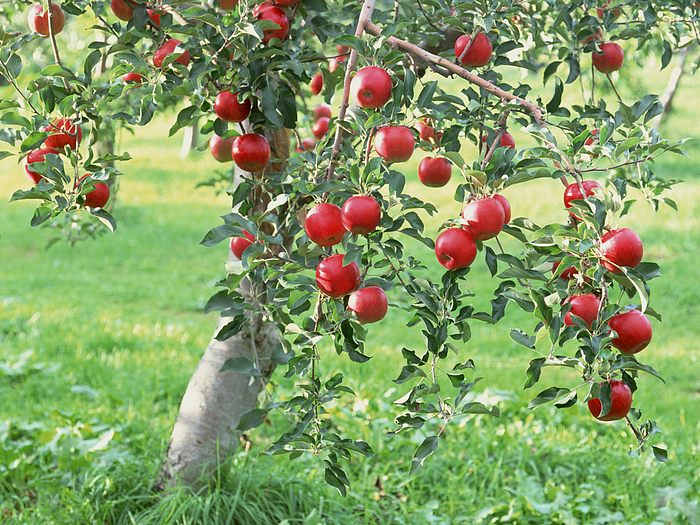The first trees for the Orchard Town Experiment: Apples
Hello, So I have been doing a lot of research into the kinds of fruit trees we will want to plant in the Orchards. Youtube is great for getting tips from growers on how and what to plant to get the best results. I have discovered that Apple trees are amongst some of the easiest trees to grow so i have decided that Apples will be a good place to start.
Now there are a few interesting things you need to know about Apple trees before you can grow them. Unlike many other plants it is not as simple as just planting a seed from an Apple to grow an Apple tree. If you were to take a seed from, for example, a Granny Smith Apple and plant it, it will not grow into a Granny Smith apple tree. This is because when you plant an apple seed it mutates into a new kind of apple tree. The new apple tree could end up producing a good fruit but the chances of that happening are one in a thousand! So for the Last 3000 years growers have been cloning existing Apple trees to get the results they want.
Cloning Apple trees has two stages
Rootstock
Scion
OK, so once you have chosen the right Rootstock, you'll need to "graft" on a
cutting, know as a "scion" from an Apple tree of the variety you want to grow. The Scion is a basically a small branch with a bud on it that has been cut from a healthy tree. This scion is then grafted onto the rootstock by cutting a groove into the rootstock and then inserting the scion into the the groove ensuring that the centre of each piece meets. The join must then be made waterproof to stop any rot creeping in. This can be done by many means either by wrapping in electrical tape, with melted beeswax or a specialised product. The graft will heal over time and later product Apples of the variety it was cut from.
Multiple Grafts
What is even more interesting about Apple trees is that you can graft on more than one variety of apple. This is great if you wanted to have a variety of apples for eating and one for cooking.
Starting out
So now you understand a bit more about apple trees where do you start. Well there are a number of different options available. You can either buy your own rootstocks and graft your own choice of apple onto the rootstock or you can buy a ready made tree from a nursery or garden centre.
The first trees for the Orchard Town
Due to not having any Apple trees at my disposal for cuttings, i decided to purchase two different varieties of 2 year old trees from a professional nursery. This, i am hoping, will be the first and last time i have to purchase each variety because they are not cheap. In about a years time i hope to take cuttings from these trees and graft them onto rootstocks. This will save a lot of money as rootstocks are very cheap in comparison. So in a years time we should have enough trees to create two small Apple orchards for the people of Didcot to enjoy.
If you are interested in growing your own Apple trees check out some of the videos i have shared on the rest of this blog.
Thanks for reading and stay tuned for my review of the Apple trees i have purchased.
~Mark

How did you get on? Did you plant any trees?
ReplyDelete